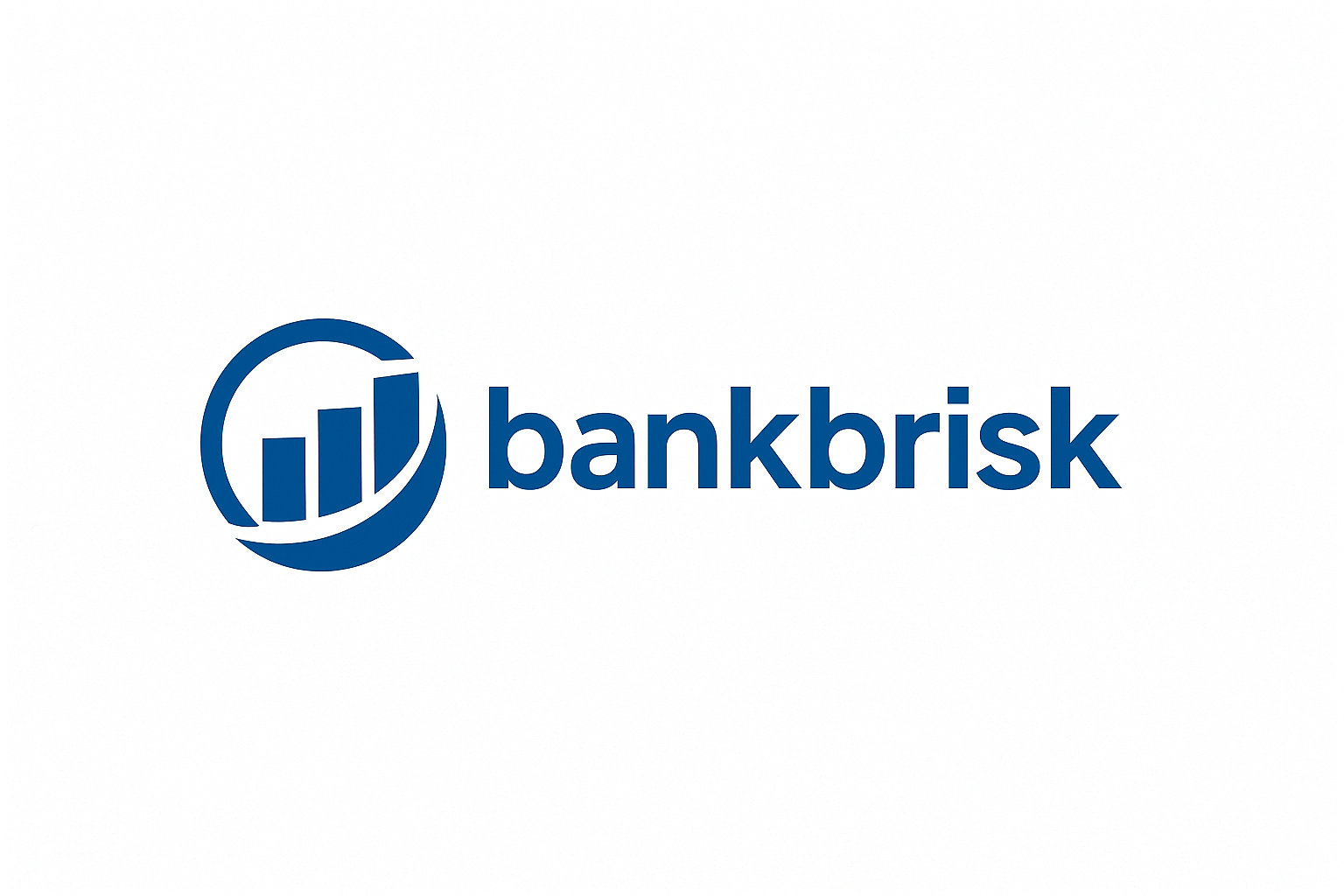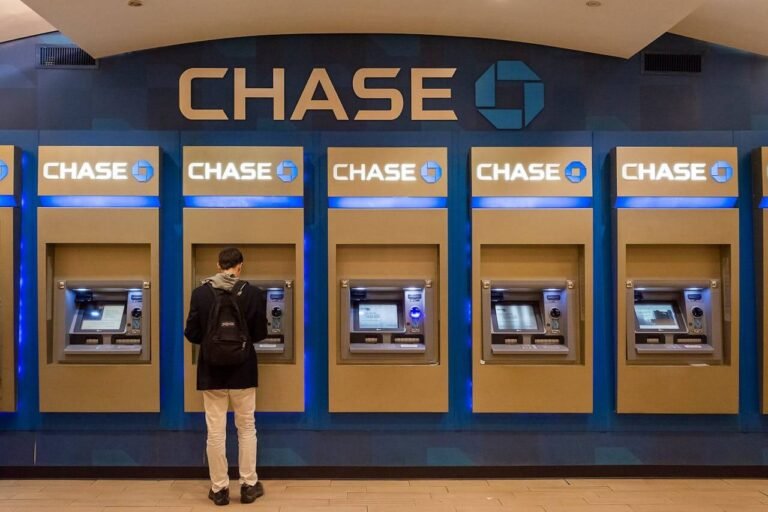How Much Will $10,000 Make in a High-Yield Savings Account? For the quickest answer, use this high yield savings calculator to get a clear picture.
High-Yield Savings Calculator
Final Balance
$0.00
Total Deposits
$0.00
Interest Earned
$0.00
If you have $10,000 sitting in a traditional savings account earning minimal interest, you're essentially watching inflation slowly erode your purchasing power.
Moving that money to a high yield savings account can transform those stagnant dollars into actively growing wealth. But exactly how much will $10,000 earn in a high yield savings account, and what factors influence those earnings?
The answer depends on several factors: the specific APY your account offers, how long you keep the money deposited, whether you make additional contributions, and how frequently interest compounds. Understanding these mechanics helps you maximize returns on your savings while keeping your money completely safe and accessible.
Current High Yield Savings Account Rates
As of November 2025, the best high yield savings accounts offer APYs ranging from 4.00% to 5.00%, with most competitive accounts clustered around 4.25% to 4.50%. These rates dramatically exceed the national average savings account rate of 0.40%, delivering returns roughly 10 to 20 times higher than traditional banking products.
According to recent market data, Varo Bank currently leads with a 5.00% APY, while numerous other institutions including Poppy Bank offer 4.25% APY. The specific rate you secure depends on which bank you choose, whether you meet any balance requirements, and how aggressively that institution competes for deposits.
Rate Variability and Trends
High yield savings account rates remain variable, meaning banks can adjust them at any time. The Federal Reserve reduced its benchmark rate to 4.00%-4.25% at its September 2025 meeting, and additional cuts are anticipated before year-end. As the Fed lowers rates, savings account APYs typically follow with some lag.
This declining rate environment means the 5.00% rates available today will likely decrease over the coming months. However, high yield accounts should maintain their substantial advantage over traditional savings regardless of absolute rate levels. When rates eventually stabilize lower, high yield accounts might pay 3.00% to 3.50% while traditional accounts still languish at 0.40% or less.
One-Year Earnings on $10,000
Let's calculate exactly how much $10,000 will earn over one year at various APY levels, assuming no additional deposits or withdrawals.
At 4.00% APY with daily compounding, your $10,000 grows to approximately $10,408 after one year. You'll have earned $408 in interest—meaningful growth on money sitting safely in an FDIC-insured account.
At 4.50% APY, that same $10,000 becomes roughly $10,460 after twelve months. The extra half percentage point generates an additional $52 compared to the 4.00% account.
At 5.00% APY, your ending balance reaches approximately $10,512, earning $512 in interest over the year. This represents the upper end of current high yield offerings.

Comparing to Traditional Savings
The contrast with traditional savings accounts proves stark. That same $10,000 in an account paying the 0.40% national average would grow to only $10,040 after one year—just $40 in interest earnings.
The difference between earning $408 to $512 in a high yield account versus $40 in a traditional account amounts to $368 to $472 in additional returns. That's real money you could spend on expenses, invest elsewhere, or allow to continue compounding in your high yield account.
Five-Year Projections
The power of compound interest becomes more evident over longer timeframes. Assuming rates remain stable at current levels—an unrealistic assumption given expected Fed cuts, but useful for illustration—here's how $10,000 grows over five years.
At 4.00% APY, your $10,000 becomes approximately $12,167 after five years. You'll have earned $2,167 in interest through the compound growth effect.
At 4.50% APY, the ending balance reaches roughly $12,462, generating $2,462 in total interest. The half-point rate difference translates to nearly $300 more earnings over a five-year period.
At 5.00% APY, your account grows to approximately $12,763, earning $2,763 in interest. The full percentage point advantage over the 4.00% rate produces $596 in additional returns.
Traditional Account Comparison
That same $10,000 in a traditional account at 0.40% APY would limp to just $10,201 after five years—barely $200 in total interest. The high yield account earning 4.50% generates over $2,200 more in interest during the same period. This dramatic difference demonstrates why choosing account types matters significantly for even moderately sized balances.
Impact of Regular Monthly Contributions
Most people don't simply deposit a lump sum and leave it untouched for years. Regular monthly contributions dramatically accelerate savings growth by continuously adding new principal that begins earning interest immediately.
If you start with $10,000 and add $200 monthly to an account earning 4.50% APY, your balance grows to approximately $12,983 after one year. You'll have deposited $12,400 total ($10,000 initial plus twelve $200 contributions) and earned $583 in interest.
After five years of $200 monthly contributions, your balance reaches approximately $24,078. You've deposited $22,000 total and earned $2,078 in interest. The growing balance creates a snowball effect where each month's interest payment applies to a larger principal.
Visualizing Growth Scenarios
Tools like a high yield savings account calculator help you model different scenarios based on your specific situation. Input your starting balance, expected monthly contributions, current APY, and timeframe to see projected growth. This calculator accounts for daily compounding and shows both the total balance and interest earned separately.
Experimenting with different contribution amounts reveals how much faster you can reach savings goals by increasing monthly deposits even modestly. The difference between contributing $200 versus $300 monthly compounds significantly over years.
The Compound Interest Effect
High yield savings accounts typically compound interest daily, meaning the bank calculates your interest earnings every day and adds them to your principal. This daily compounding creates slightly higher returns than less frequent compounding periods.
Related posts:
- How Interest Is Calculated on High Yield Savings Accounts
- High Yield Savings Account vs Money Market Account
With daily compounding, you earn interest on your original deposit plus all previously credited interest. Day one calculates interest on $10,000. Day two calculates interest on $10,000 plus day one's interest. This continues throughout the year, with each day's earnings becoming part of the base for subsequent calculations.
The difference between daily, monthly, and annual compounding might seem negligible on smaller balances but becomes meaningful on larger deposits over extended periods. A $10,000 balance at 4.50% APY with daily compounding earns about $5 more annually than the same rate with monthly compounding.
Tax Burden on Earnings
The interest you earn from high yield savings accounts constitutes taxable income reported on Form 1099-INT. Banks send this form when you earn $10 or more in interest during the tax year. You'll owe taxes on the earnings at your ordinary income tax rate.
If you're in the 22% federal tax bracket and earn $408 in interest, you'll owe approximately $90 in federal taxes on those earnings. State income taxes, where applicable, add additional obligations. Your after-tax return becomes roughly $318, still substantially exceeding what traditional accounts deliver.
While taxes reduce your effective return, earning more interest always leaves you with more money after taxes. The $408 interest taxed at 22% leaves you $318 ahead. The $40 interest from a traditional account taxed at the same rate leaves you just $31 ahead. The high yield account delivers over ten times more after-tax earnings.
Different Balance Scenarios
The principles that apply to $10,000 scale proportionally to other balance amounts. Understanding how different starting points affect earnings helps you evaluate whether moving money to high yield accounts justifies the effort.
A $5,000 balance at 4.50% APY earns approximately $230 in the first year. While smaller in absolute terms than the $460 earned on $10,000, this still vastly exceeds the $20 a traditional account would generate on the same balance.
A $25,000 balance at 4.50% APY produces roughly $1,150 in annual interest—substantial enough to cover various expenses or fund additional investment opportunities. The same balance in a traditional account earning 0.40% generates only $100 annually.
A $50,000 balance at 4.50% APY earns approximately $2,300 yearly. At this balance level, the interest income becomes significant enough that some people structure their finances to use high yield account earnings for specific recurring expenses.
The Rate Changes and Future Earnings
The Federal Reserve's monetary policy directly influences high yield savings account rates. Current expectations suggest additional rate cuts throughout late 2025, which will likely push savings account APYs lower from today's levels.
If rates decline to 3.50% by mid-2026, your $10,000 would earn approximately $355 over the subsequent twelve months rather than the $450 to $512 you'd earn at today's rates. While disappointing compared to current returns, this still exceeds traditional account earnings by a factor of eight or nine.
Nobody can predict future rates with certainty, but understanding the relationship between Fed policy and savings rates helps set realistic expectations. The high rates savers enjoyed in 2023 and early 2024 represented an unusually favorable environment that's normalizing as inflation moderates and the Fed pivots toward supporting economic growth.
How To Increase Your Returns
Several strategies help you increase returns on your $10,000 or any savings balance. First, shop regularly for the best rates. Banks adjust APYs frequently, and the competitive landscape shifts. Moving your money to a bank offering 0.50% more APY takes perhaps two hours of effort but generates meaningfully higher returns.
Second, maintain balances that qualify for the highest advertised rates. Some accounts implement tiered rates or require minimum balances to earn top APYs. Verify you're meeting any such requirements to avoid earning lower rates than advertised.
Third, automate regular contributions if possible. Adding even small amounts monthly accelerates growth through both the additional principal and the compound interest on those contributions. The discipline of automatic transfers often proves more valuable than optimizing the last 0.25% of APY.
When High Yield Accounts Make Sense
High yield savings accounts work ideally for emergency funds, short-term savings goals, and money you need to keep accessible and safe. The combination of FDIC insurance protecting your principal, excellent liquidity allowing withdrawals within days, and competitive returns makes them optimal for these purposes.
The $10,000 you're considering might serve as your emergency fund covering three to six months of expenses. It might represent savings for a home down payment, vehicle purchase, or other near-term goal. In all these cases, high yield accounts deliver superior results compared to traditional savings while maintaining complete safety and accessibility.
However, high yield accounts aren't appropriate for all money. Long-term retirement savings generally belongs in investment accounts where equity and bond exposure can deliver higher returns over decades. Money you'll need within days should stay in your checking account for immediate access. High yield accounts occupy the sweet spot between these extremes.
Other Alternative Considerations
Before committing $10,000 to a high yield savings account, consider whether alternatives might serve your goals better. Certificates of deposit currently offer rates competitive with savings accounts—around 4.25% to 4.50% APY depending on term length.
CDs lock in today's rates for specific periods ranging from three months to five years. If you're certain you won't need the $10,000 for twelve months, a 1-year CD at 4.40% guarantees that rate even if savings account rates decline to 3.50% over that period. However, early withdrawal penalties eliminate this advantage if you need the money before maturity.
Money market accounts function similarly to high yield savings accounts, often paying comparable rates. The distinction between these account types has blurred considerably, with both serving essentially identical purposes for most savers. Choose based on specific features, rates, and bank preferences rather than the account label.
Real-World Impact
Understanding that $10,000 can earn $400 to $500 annually in a high yield account versus $40 in a traditional account helps contextualize the value. That extra $360 to $460 might cover:
- A modest vacation
- Several months of streaming subscriptions and entertainment
- Meaningful progress toward other financial goals
- Additional investment capital for retirement accounts
- An emergency expense buffer preventing credit card debt
The earnings aren't life-changing wealth, but they represent genuinely useful money you receive simply for choosing a better place to park savings you're maintaining anyway. Over years and across larger balances, these differences compound into thousands of dollars.
Take Action
If your $10,000 currently sits in a traditional savings account or low-interest account, moving it to a high yield alternative requires minimal effort. Research current rates from reputable institutions, open an account online (typically takes 10 to 15 minutes), link your existing account, and transfer the funds.
The entire process from research to completed transfer usually takes less than a day of actual effort, spread over several days of processing time. The return on this time investment—hundreds of extra dollars annually makes it one of the highest-value financial activities you can undertake.
Your $10,000 can work significantly harder in a high yield savings account, earning 10 to 20 times more interest than traditional alternatives while maintaining complete safety and reasonable accessibility. Whether you're building an emergency fund, saving for specific goals, or simply parking cash temporarily, high yield accounts deliver superior results that compound meaningfully over time.




